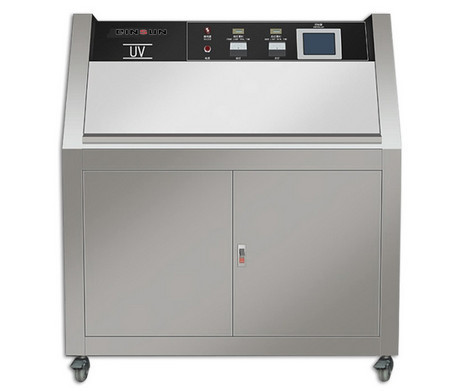Site: Home > Home > News and events
There are differences in the testing procedures between the standards mentioned. The specific testing procedures and parameters may vary depending on the material being tested, the type of UV source used, and the intended application of the material. Here are some examples of differences in testing procedures between the standards:
1. UV Source: Different standards may specify different types of UV sources to use, such as fluorescent UV lamps or xenon arc lamps. The specific type of UV source may affect the intensity, spectrum, and duration of the UV radiation applied to the sample, which can impact the results of the test.
2. Exposure Conditions: The exposure conditions used in the testing may vary between standards. For example, some standards may specify exposure to UV radiation alone, while others may include additional environmental stress factors, such as temperature, humidity, or water exposure.

3. Sample Preparation: The sample preparation procedures may also differ between standards. For example, some standards may require conditioning the sample to a specific temperature and humidity prior to testing, while others may not. Sample size and shape requirements may also vary.
4. Evaluation Criteria: The standards may differ in their evaluation criteria for the test results. For example, some standards may specify the use of specific performance indicators, such as color change or gloss reduction, while others may require measurements of physical properties, such as tensile strength or elongation at break.
5. Test Duration: The duration of the test may vary between standards. Some standards may require shorter test durations, while others may require longer durations to simulate real-life exposure conditions.
It is important to carefully review and follow the testing procedures specified in the relevant standards in order to ensure accurate and consistent test results. Additionally, it may be necessary to combine multiple standards or customize testing procedures in order to best evaluate the specific material being tested and its intended application.
Copyright 2022:Qinsun Instruments Co., Limited
High-end textile tester supplier Email:info@qinsun-lab.com | Textile Testing Equipment pdf | Tel:021-67800179 |